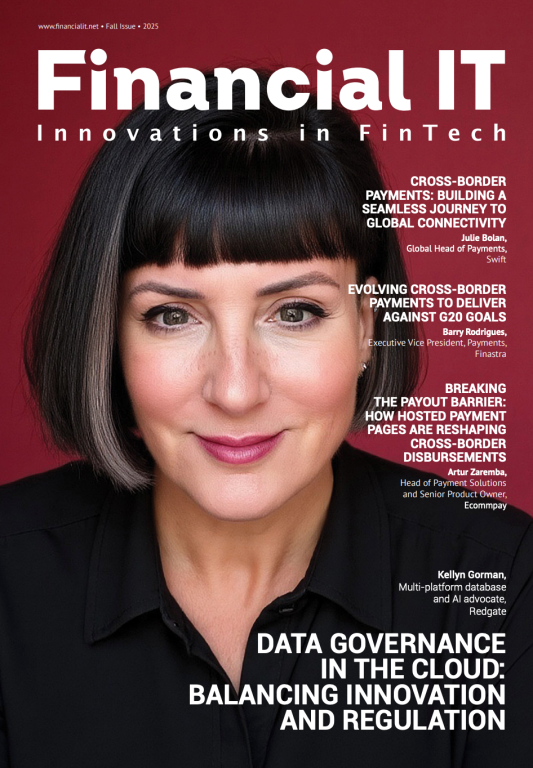Crypto and Luxury Sectors to Face the Music of New EU Anti-Money Laundering Rules in 2025

- Simon Thompson, VP Northern Europe at JAGGAER
- 04.04.2025 12:30 pm #CryptoRegulation #LuxuryMarket
Regulation (EU) 2024/1620 of the European Parliament and of the Council of 31 May 2024 establishing the Authority for Anti-Money Laundering and Countering the Financing of Terrorism and amending Regulations (EU) No 1093/2010, (EU) No 1094/2010 and (EU) No 1095/2010, entered into force on 26 June 2024. Its scope is not merely to increase stringency around Money Laundering enforcement, but to broaden its scope to a number of new sectors.
The sectors
Tighter scrutiny is now imposed on the following markets: crypto currencies, real estate, traders of luxury goods, and professional football clubs. Traders of luxury goods such as jewellers, goldsmiths, luxury cars, airplanes, yachts, precious metals and stones have to meet the new requirement which sets a limit of € 10,000 to cash payments without identification and proof of the money’s origin, and also obliges merchants to keep a record of the information received.
Special provisions are introduced where transactions for example involve the sale of:
jewellery, gold, clocks, and watches exceeding € 10,000
cars priced over € 250,000
planes and boats over € 7,500,000
In the case of ultra-rich individuals (with a net worth of over € 50 million), the enhanced due diligence obligations apply directly.
The new regulation also established a European Authority for Anti-Money Laundering and Countering the Financing of Terrorism (AMLA), based in Frankfurt with direct and indirect supervisory powers over high-risk obliged entities in the financial sector.
The Crypto sector
For the crypto sector, especially, these new regulations play a critical role at a time of great positive momentum fuelled by the inauguration of the new presidency of pro-crypto Donald Trump.
In the US there is great expectation of the executive orders supposedly ready for release that include the debanking of the crypto industry, also known as “Operation Chokepoint 2.0”, the repealing of SAB 121, which would enable banking institutions to hold crypto with less complexity and financial statement effect, and the establishment of a strategic bitcoin reserve.
In the EU, however, the climate is quite different. The new AMLA Regulation specifically sets tighter due diligence requirements on a number of sectors including crypto. In fact, with the objective of preventing any illicit use, the AML Regulation prohibits the provision and custody of anonymous crypto-asset accounts or accounts that allow the anonymisation or increased obfuscation of transactions by crypto-asset service providers. This includes those using anonymity-enhancing coins. Just like other luxury goods merchants listed above, asset service providers and players in the transfer of crypto-assets need to ensure that they are able to provide data on originators and beneficiaries of transfers, collecting data from both parties, regardless of the sum transferred.
Technology to balance transparency and privacy
As of 2024, the luxury and crypto sector is thus obliged to run extensive customer checks and comply with stricter requirements to trade in the EU. Stricter internal policies are also required to ensure that they avoid fines, which have could reach 10% of annual turnover. As a result, businesses in these target sectors are introducing more and more new technological solutions to help them collect, analyse and store their reporting data. Improving transparency in these sectors is a particularly delicate issue, given the privacy demands of affluent customers, so automated solutions are ideal. In addition to protecting the privacy of parties involved within the legal limits, these tools also help avoid the risk of human error through automation and ensure that staff are not overburdened with paperwork and lengthy form compilation.
Businesses in target sectors would therefore do well to reassess their procurement systems, introducing tools that enable greater transparency and automation. What may seem like a burden, imposed by regulation, can bring efficiency and improvements to day-to-day operations, relieving staff of manual tasks and providing clients with added security of their privacy. Finally, although the US and EU scenarios look drastically different where regulation is involved, businesses will need to ensure that they remain compliant and must therefore invest in tools that help them clearly identify assets that are now under special scrutiny to derisk their operations. Procurement solutions have the potential to improve governance by automating manual tasks such as data collection and updating by monitoring required indicators and flagging outlying situations that require human intervention. When it comes to crypto specifically, supporting sector growth must go hand in hand with compliance across different legislations.



















